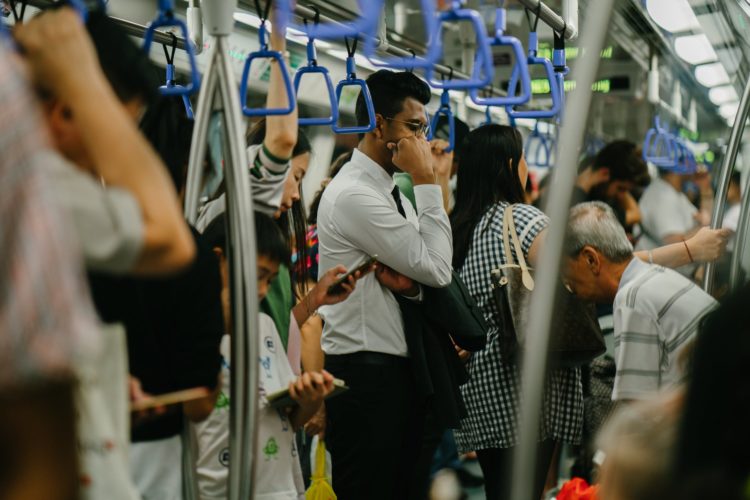In cities where public transport systems are abundant, commuters find value in using Mobility-as-a-Service (MaaS) platforms. You may never have heard of MaaS but if you use Moovit, citymapper, and transit, then you are using a MaaS. A MaaS is a platform that integrates different transport services, including buses, taxis, rail and metro. Because they are largely closed systems, platforms like Uber, Grab, Go-Jek are not included in the MaaS category according to Juniper Research.
The Juniper Research paper, Mobility-as-a-Service: Business Models, Vendor Strategies & Market Forecasts 2020-2027, found that revenue generated by MaaS platforms will exceed US$52 billion by 2027, up from US$405 million in 2020.
The research firm noted that the coronavirus or Covid-19 pandemic has a dampening effect on the service – and that’s understandable as lockdowns and closures have a direct and significant impact on transport usage.
The good news is that MaaS initiatives will rebound in 2021 as cities re-evaluate their transport strategies. It recommends that MaaS platform providers engage with transit authorities now to design pilots for 2021, in order to ensure future growth.
In the Juniper report, MaaS ~ The Future of City Transport 2027, noted that while ridesharing giants such as Uber and Lyft are adding transit information to apps, the fact that they are not neutral in the transport market means that this model will fail to engage the necessary transit partners for an effective solution.
The research therefore recommended that MaaS vendors focus on licensing platforms as neutral players.
Research author Nick Maynard noted: “MaaS will require wholesale shifts to public transit in order to realise its full benefits, so it must involve public transit operators at every stage. The platform licensing model is essential to building the required public/private partnerships to achieve success”.
The research also noted that MaaS will save significant time for citizens from 2021, as it will provide much-improved ways to travel in the urban environment, as well as reducing road congestion. By 2027, MaaS will lead to a commuter time saving equal to 2.7 days per MaaS user per year. Quality of life improvements must be a major factor for city authorities in deciding when to pursue MaaS strategies.





